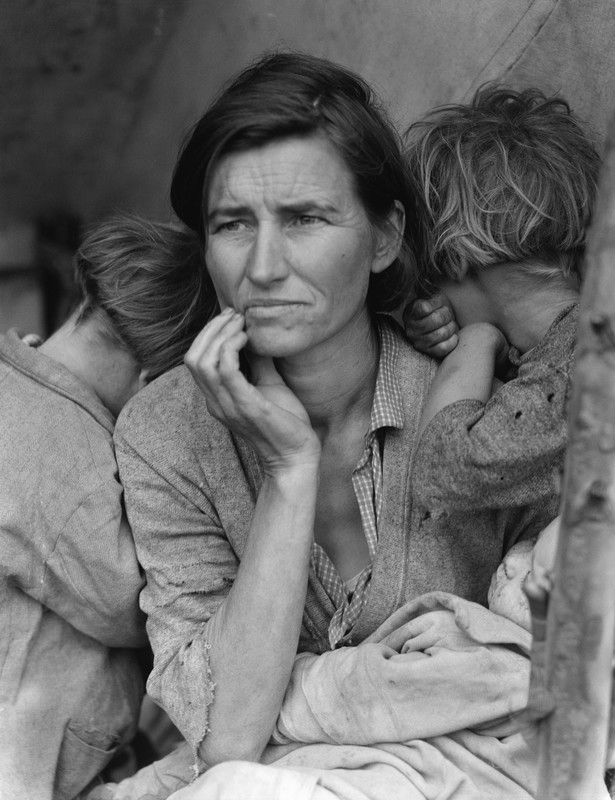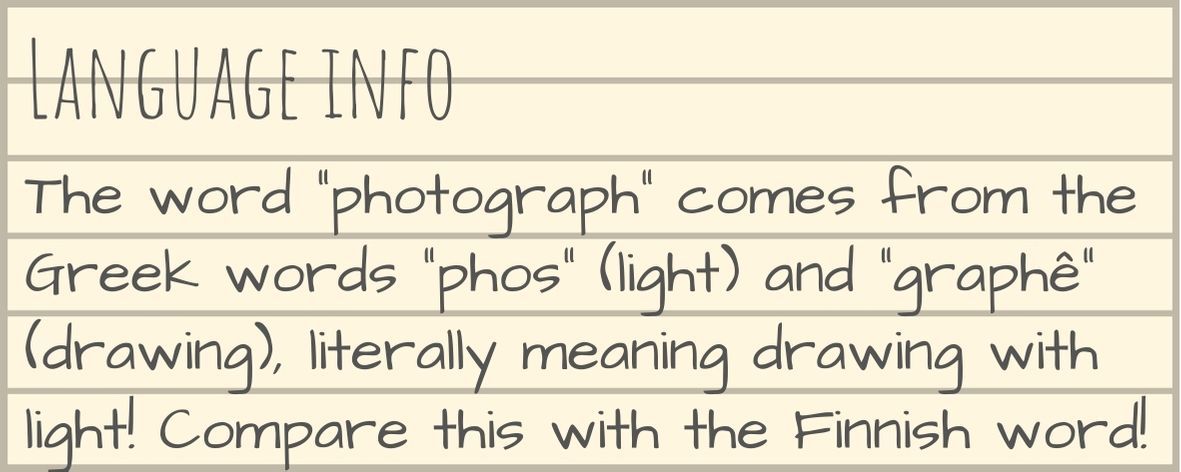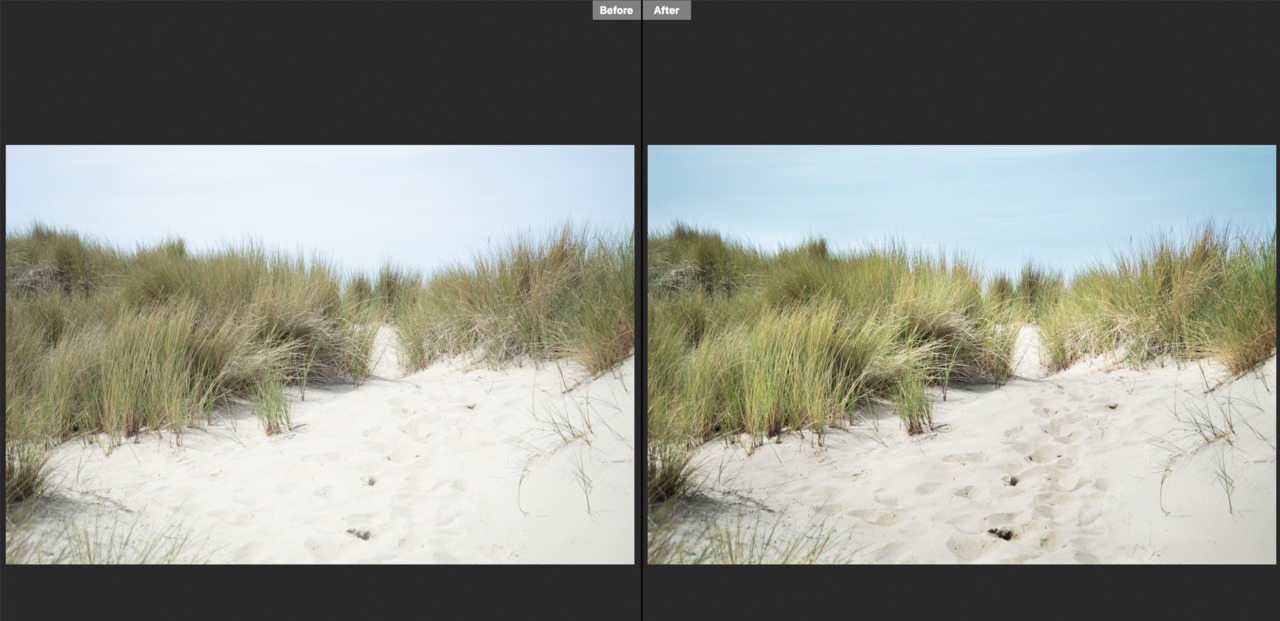Documentary photography
Key terms
a photograph
documentary photography
to portray
a subject
photojournalism
photoediting
a (photo) filter
a lens
photo manipulation
exposure
contrast
a darkroom
A picture says more than a thousand words
 Photographs - we see them everywhere, all the time. From news websites to Instagram profiles, our world is filled with photos. In the earlier chapter on light and shadow, we briefly glanced at art photography. Now, it's time to focus on documentary photography.
Photographs - we see them everywhere, all the time. From news websites to Instagram profiles, our world is filled with photos. In the earlier chapter on light and shadow, we briefly glanced at art photography. Now, it's time to focus on documentary photography.Documentary photography refers to any photographs that present information and records of people, places and events. The idea of documentary photography is to portray the real world. The subjects are often ongoing issues or stories, such as war, human rights or the life of an individual.
Something we see very often is news photography. This style of photography is referred to as photojournalism. In photojournalism, the goal is to "break the news", to document recent events and happenings to the media. The two categories of "real life photography" are often difficult to tell apart.
Documentary photography and photojournalism have been around for as long as photography in general, and it is still going strong. Check out these contemporary photographers:
Meeri Koutaniemi
A Finnish photojournalist who concentrates on identity. Koutaniemi has documented people from all over the world, including conflict areas.
Deirdre O'Callaghan
An Irish photographer who has worked with multiple record labels and artists on artwork and press materials. O'Callaghan has also worked on multiple independent projects, such as her four-year documentary project Hide That Can.
Roger Ballen
A South Africa -based photographer, who combines the style of documentary photography with fictitious situations, a style he describes as "documentary fiction". Ballen has also collaborated on many different projects, such as the music video/short film I Fink U Freeky with South African band Die Antwoord.
 While it is said that "the camera does not lie", not all photos can be believed. Photoediting is easy to access and simple to use. Instagram models use filters and editing to make their life seem "perfect", political groups might edit photos to tell the story as they want it told. Even without editing, photographs can be used to change the story completely - by choosing what appears in the photo, the photographer decides what the viewer sees. A different lens might change the perspective entirely. Thus, no photograph is completely true.
While it is said that "the camera does not lie", not all photos can be believed. Photoediting is easy to access and simple to use. Instagram models use filters and editing to make their life seem "perfect", political groups might edit photos to tell the story as they want it told. Even without editing, photographs can be used to change the story completely - by choosing what appears in the photo, the photographer decides what the viewer sees. A different lens might change the perspective entirely. Thus, no photograph is completely true.In both documentary photography and photojournalism, photo manipulation and staging are often considered "cheating" and non-ethical. However, many photographers use some form of editing, such as changing or fine-tuning exposure and contrast. In fact, this type of editing is also done with analog cameras and film in the darkroom process. With a few changes, a photograph can be made much more interesting.

Watch this video to see examples of photo manipulation and gain some perspective into why it is done:
Are these photographers CHEATING?
Think 3.1 Where can you see news and fake news? How to tell them apart? Is it possible to know which photographs have been manipulated? How can one photograph tell many different stories? Discuss with a partner or in a group.
Test 3.1 Create your own staged or manipulated photograph.
- Take a photo of anything - it can be something in the classroom, for example. Once you have taken the photo, think about what would make it better. Would the photo look better, if you removed something? Added something?
- Move things around as needed. Take another photo of the same thing or place and look at it again. Repeat until the composition looks good.
- Take your photo into a photo editor - this can be the one on your phone - and adjust the brightness, contrast and colour to make your photo look fantastic.
- Look at the development of the final photograph by placing the photos side by side. Was the manipulation necessary to create the desired effect?
Create 3.1 Photograph a documentary photography series of your day (or week). Keep your camera close and your eyes open! When you see something interesting that tells a story about your day, snap a photo. You can take as many photographs as you want to. Once you finish, pick 5-8 photos that are the most accurate descriptions of your day and are visually the most pleasing. Arrange these in order in your portfolio. For an extra challenge, try creating visually interesting photographs in black and white!
Objectives (NCC 2014)
Think 3.1 (O1, O2, O6, O7, O8, O10) Understanding media images and the concept of photography as well as photo manipulation. Learning how to critically view images in the media. Practicing expression of opinions and ideas, working with a partner or in a group.
Test 3.1 (O1, O3, O4, O5, O6, O10) Testing photo manipulation based on earlier thoughts and observations. Exploring different techniques and ideas of photography and deepening the understanding of how to observe media.
Create 3.1 (O1, O3, O4, O5, O6, O8) Deepening the understanding of documentary photography through a more in-depth assignment. Learning and practicing constant artistic observation of the environment. Using information acquired in previous tasks to complete a more complex assignment. Understanding the basic principles of photography.
Test 3.1 (O1, O3, O4, O5, O6, O10) Testing photo manipulation based on earlier thoughts and observations. Exploring different techniques and ideas of photography and deepening the understanding of how to observe media.
Create 3.1 (O1, O3, O4, O5, O6, O8) Deepening the understanding of documentary photography through a more in-depth assignment. Learning and practicing constant artistic observation of the environment. Using information acquired in previous tasks to complete a more complex assignment. Understanding the basic principles of photography.
Sources
National Galleries Scotland. (2020). Documentary Photography. https://www.nationalgalleries.org/art-and-artists/glossary-terms/documentary-photography. Visited 12 October 2020.
Images:
Images:
1 Dorothea Lange, 1936. Migrant Mother. Image courtesy of Wikimedia Commons.